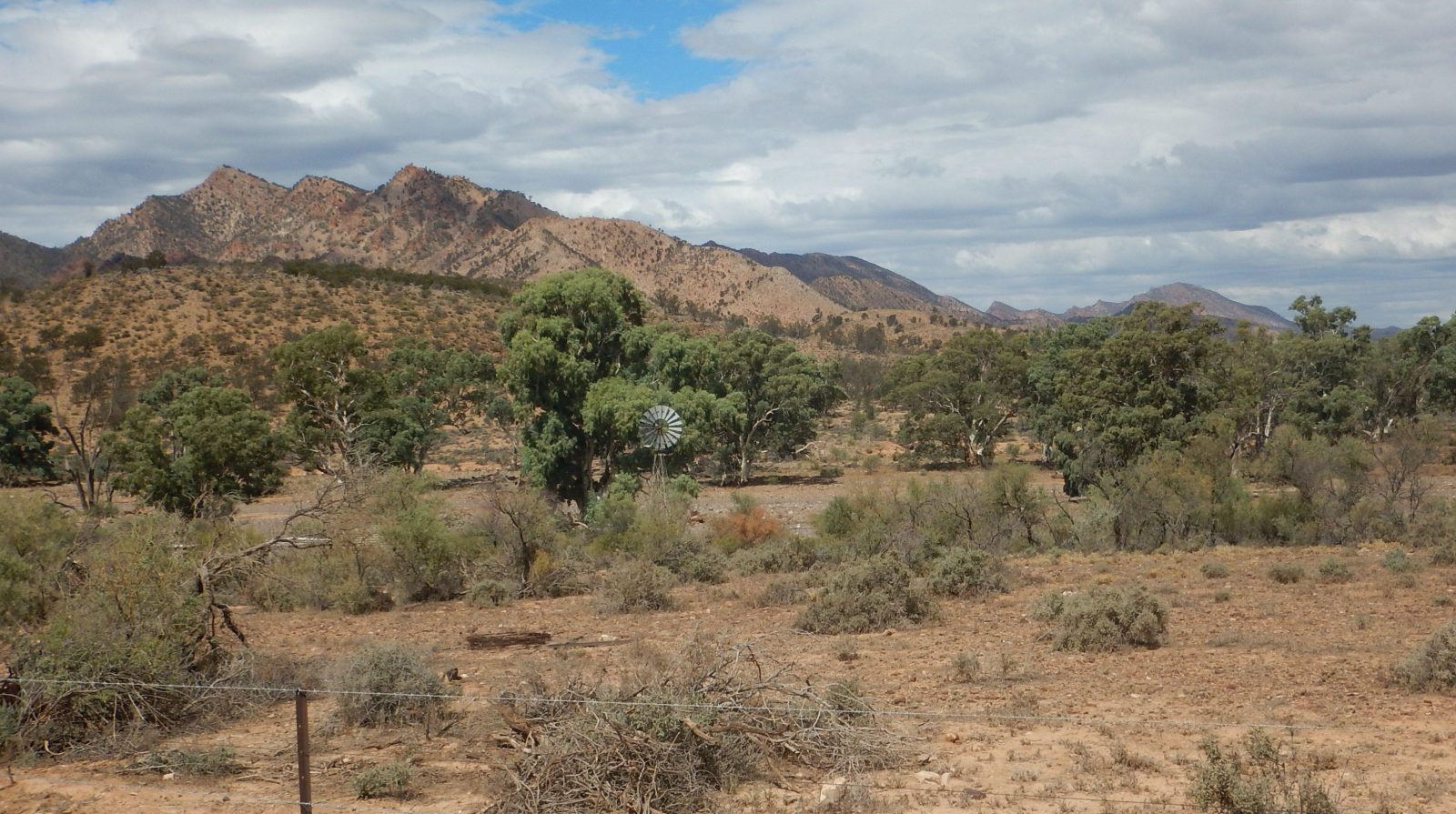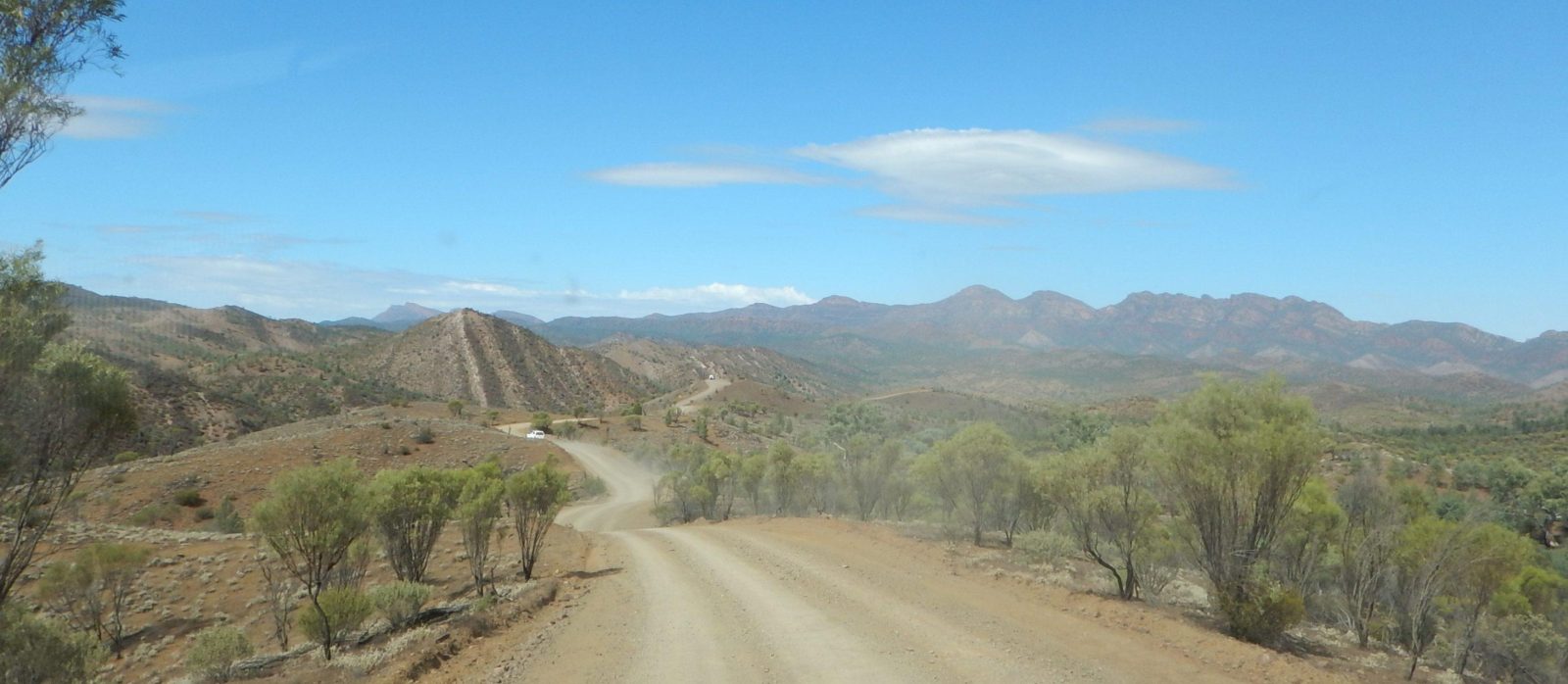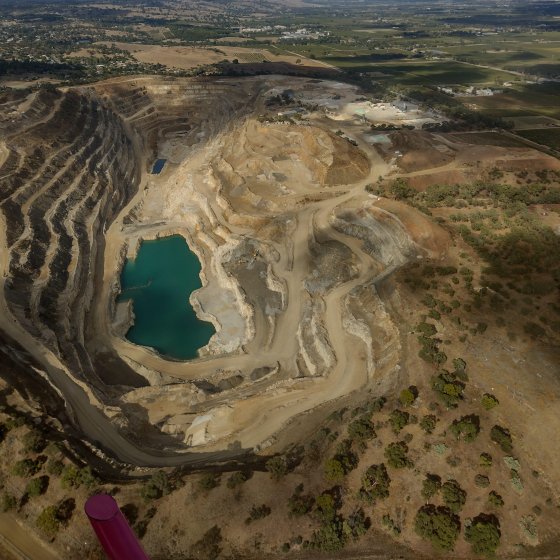- Home
- Environmental Themes
- Land
- Pressures and Responses
- Resource Use
Resource Use
Mining and Extractives
Pressures
- Mining and quarrying: South Australia hosts a diverse commodity base resulting from a wide variety of mineral systems and geological terrains. Quarries produce extractive minerals, including sand, gravel, stone, shell or clay, although these materials are not considered extractives if they are used for industrial, agricultural and ornamental (dimension stone) uses.
Impacts
- Clearance of land can lead to destruction of natural habitats and biodiversity loss.
- Exposure of soil can increase risk of wind and water erosion and result in dust and sediment.
Responses
- Mining and quarries are regulated by Department for Energy and Mining (DEM) as the lead agency for regulating both mining and quarries, and gas and petroleum. These industries are co-regulated with the EPA under a memorandum of understanding with DEM as they can also result in potential noise, air quality and water quality impacts.
- Onshore petroleum, geothermal and gas storage exploration and development in South Australia is administered by the Department of Energy and Mining (DEM) under the Petroleum and Geothermal Energy Act 2000 and associated Regulations.
- The oil and gas industry requires a social licence to be able to build and operate facilities in the areas that it is active.
Opportunities
- Further improving engagement with local communities, including First Nations, adjacent land users and other stakeholders in planning and development stages and during operations and closure
Further reading
- Minerals Council of Australia – Sustainability
Pastoralism
Pressures
- Pastoral land is used for grazing and raising livestock (pastoralism). Currently, there are 323 pastoral leases comprising of 219 stations that cover over 40% of South Australia.
Impacts
- Overgrazing, trampling and soils becoming bare in high traffic locations can lead to loss of palatable native fodder species, damage to natural habitats, biodiversity loss and soil erosion.
Responses
- A pastoral lessee must manage the lease according to good management practices, prevent degradation of the land and, if financially able, improve the condition of the land. Pastoralists are actively managing ‘total grazing pressure’, which includes livestock, feral grazing animals and overabundant native species (for example kangaroos). The SA Arid Lands Landscape Board are assisting LSA SAAL grazing workshops.
- The administration of the Pastoral Land Management and Conservation Act 1989 is overseen by a Pastoral Board. This Act was under review in 2020 (Draft Pastoral Lands Bill 2020), but proposed amendments regarding maximum stocking limits and Board representation were not pursued and minor amendments have now been proposed to confirm that pastoral leases can be used for carbon farming and conservation. The Pastoral Board has now been transferred from PIRSA to DEW as of 1 July 2022.
- The establishment of the Building Pastoral Sustainability project to help build capacity and resilience of pastoral businesses in the Arid Lands of South Australia.
Opportunities
- Alternative land uses for pastoral areas, for example, carbon farming and conservation.
- The Resilient Rangelands project, a partnership between Eyre Peninsula, SA Arid Lands, Northern and Yorke, and Murraylands and Riverland Landscape Boards.

Further reading
- Landscape South Australia – SA Arid Lands
Recreation and Tourism
Pressures
- 4-wheel driving.
- Camping.
- Social media increasing visitation to some sites and natural attractions, eg Perlubie Beach on Eyre Peninsula.
Impacts
- Damage to animals and plants from trampling and vehicles, particularly when new access routes are taken through vegetation.
- Destruction to habitat and vegetation from collecting firewood.
- Rubbish from campers and other users impacts amenity of the area and may result in harm to animals via entanglement or ingestion.
- Light and noise pollution may disrupt animal behaviour.
Responses
- Some camping locations have developed designated areas for camping to help reduce the footprint of camping and manage the number of visitors.
- Voluntary codes of practice to improve visitor behaviours – Aussie Travel Code.
Opportunities
- Provision of bin facilities, particularly during peak times.
- Expand the number of toilet facilities at tourist and camping locations and encourage campers to take a portable toilet.
- Expand education to the community on the importance of caring for land while camping. Investigate opportunities to use 4WDing and camping social media and television channels to promote responsible camping.

Further reading
- Accessing Crown Land – Information from the Department for Environment and Water on caring for Crown Land.
